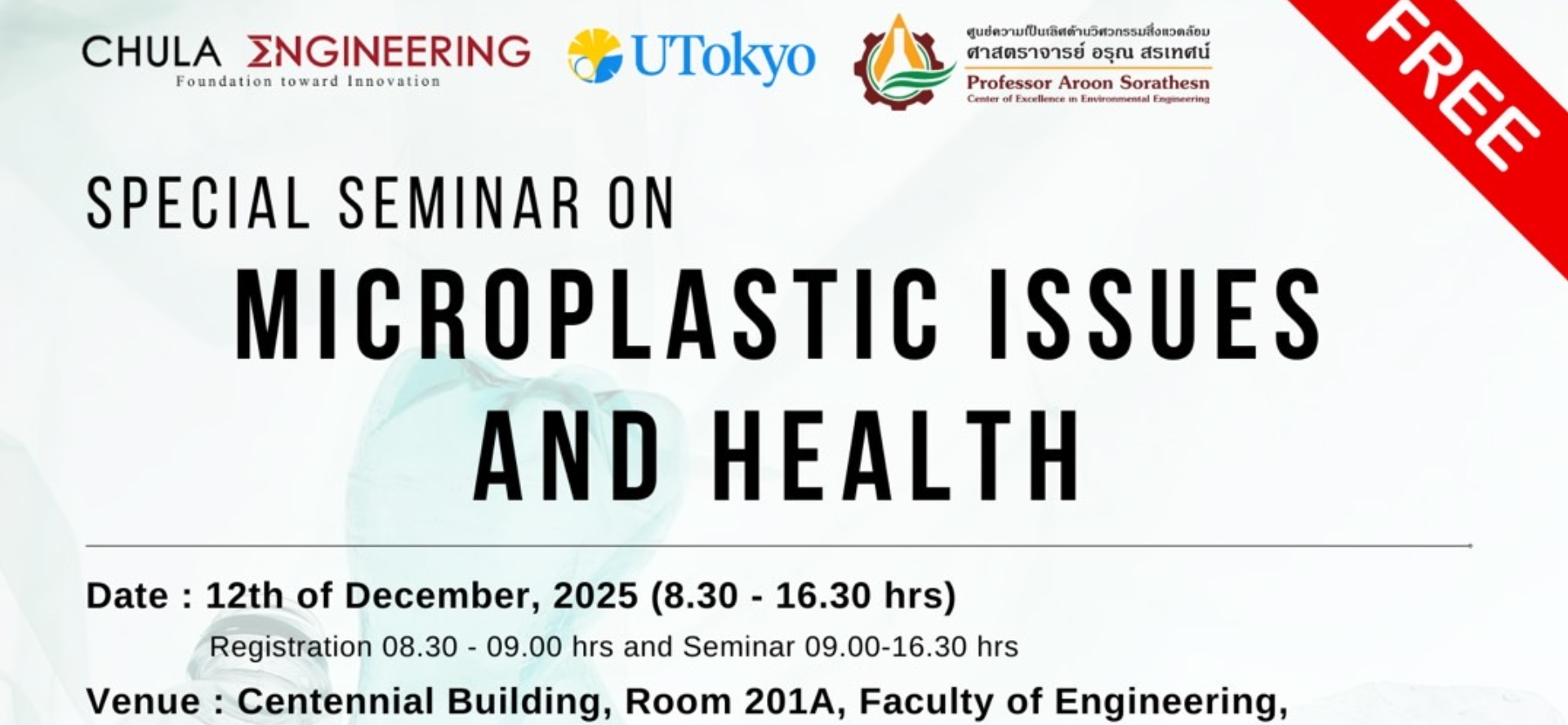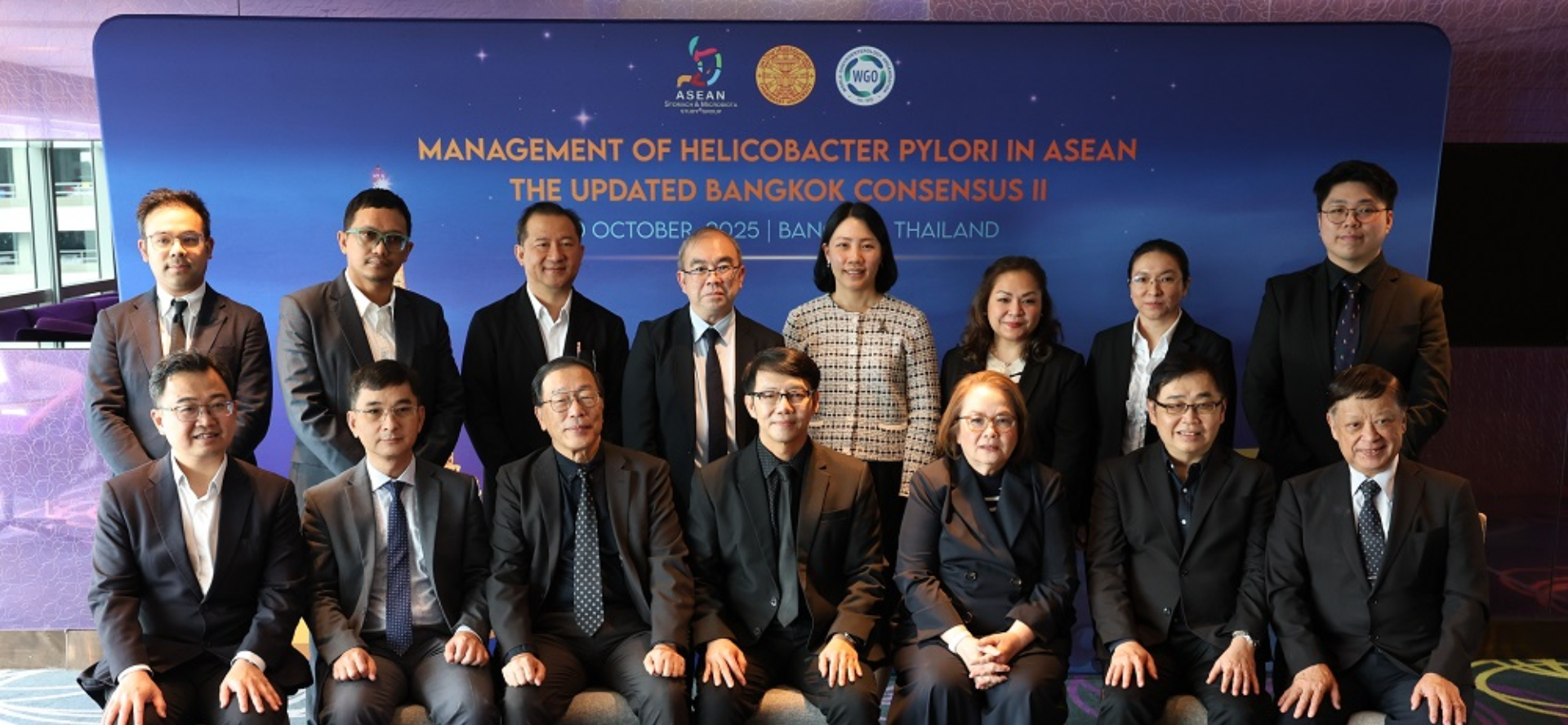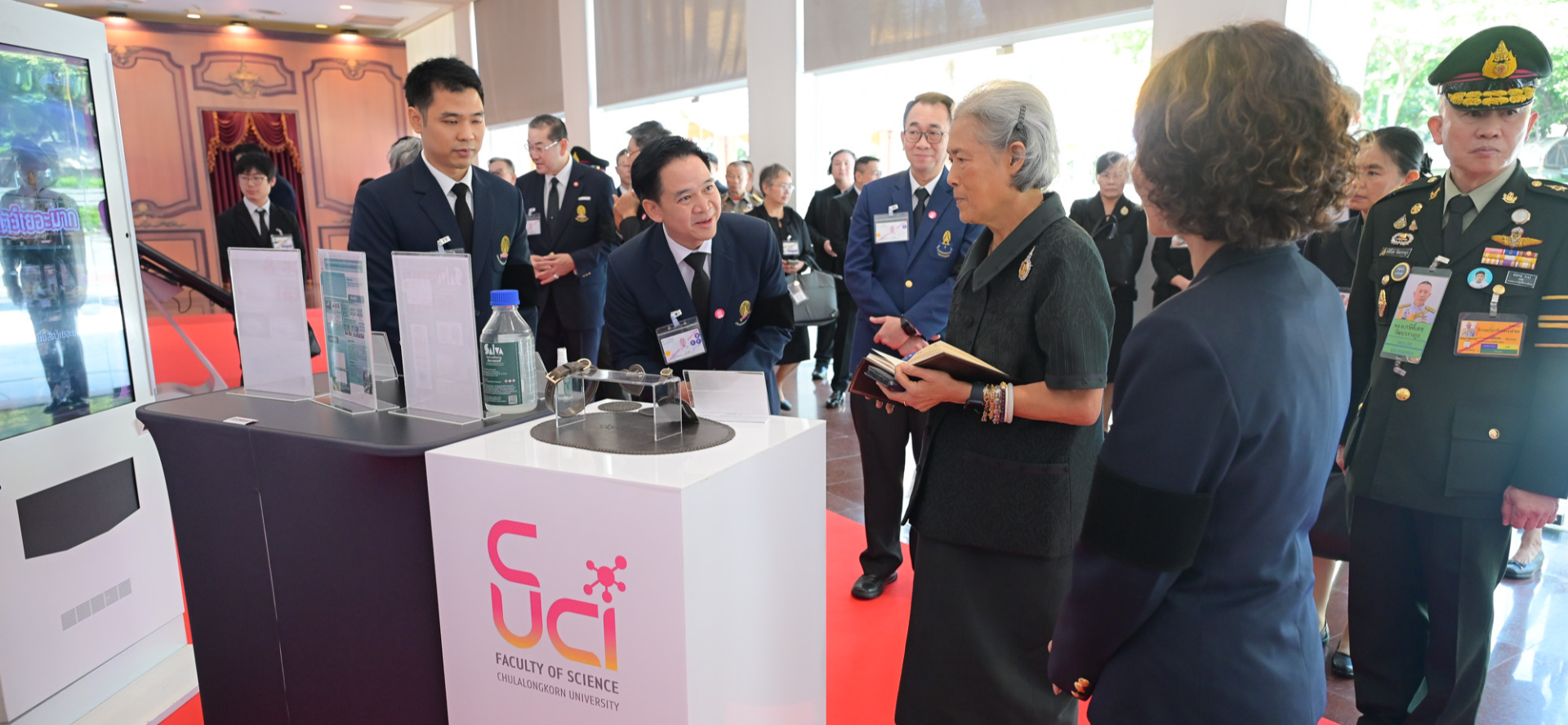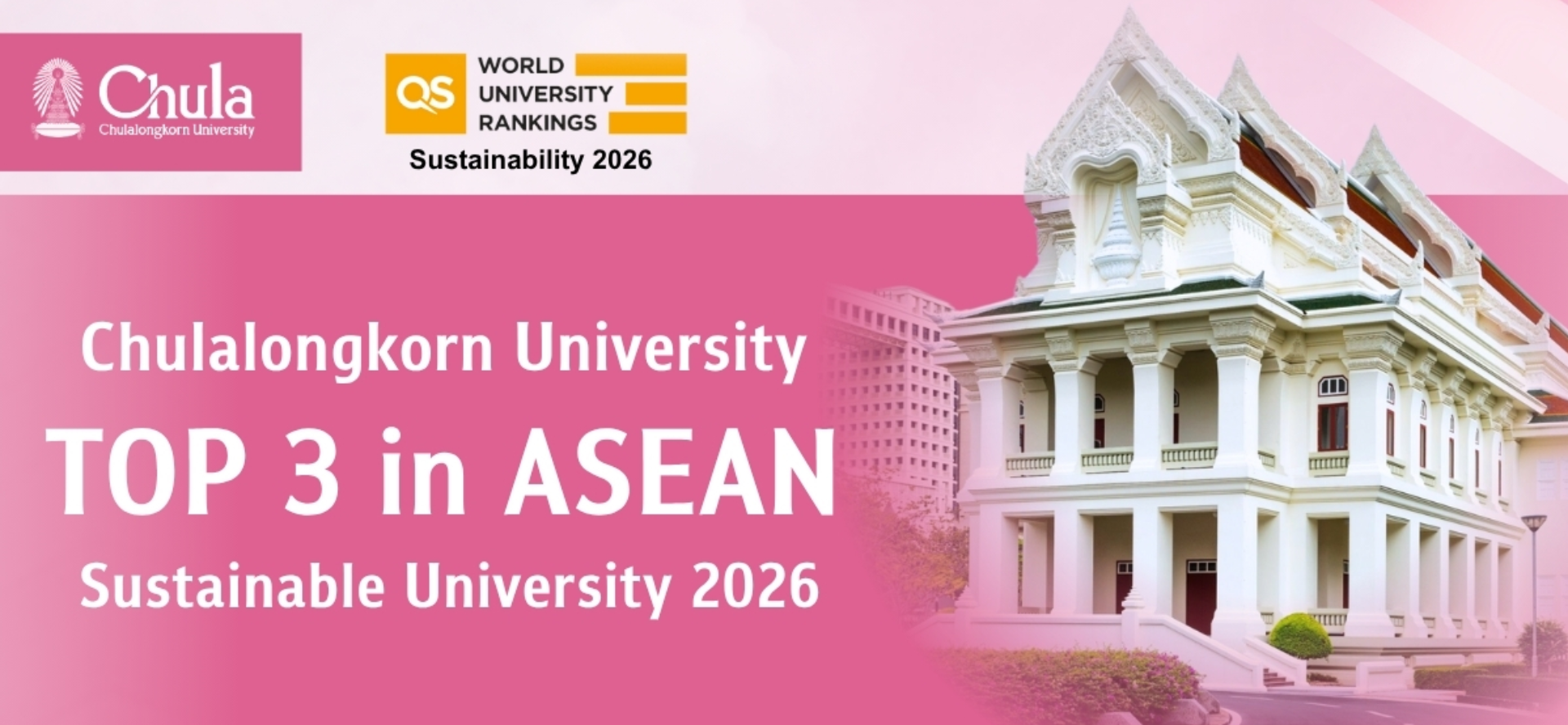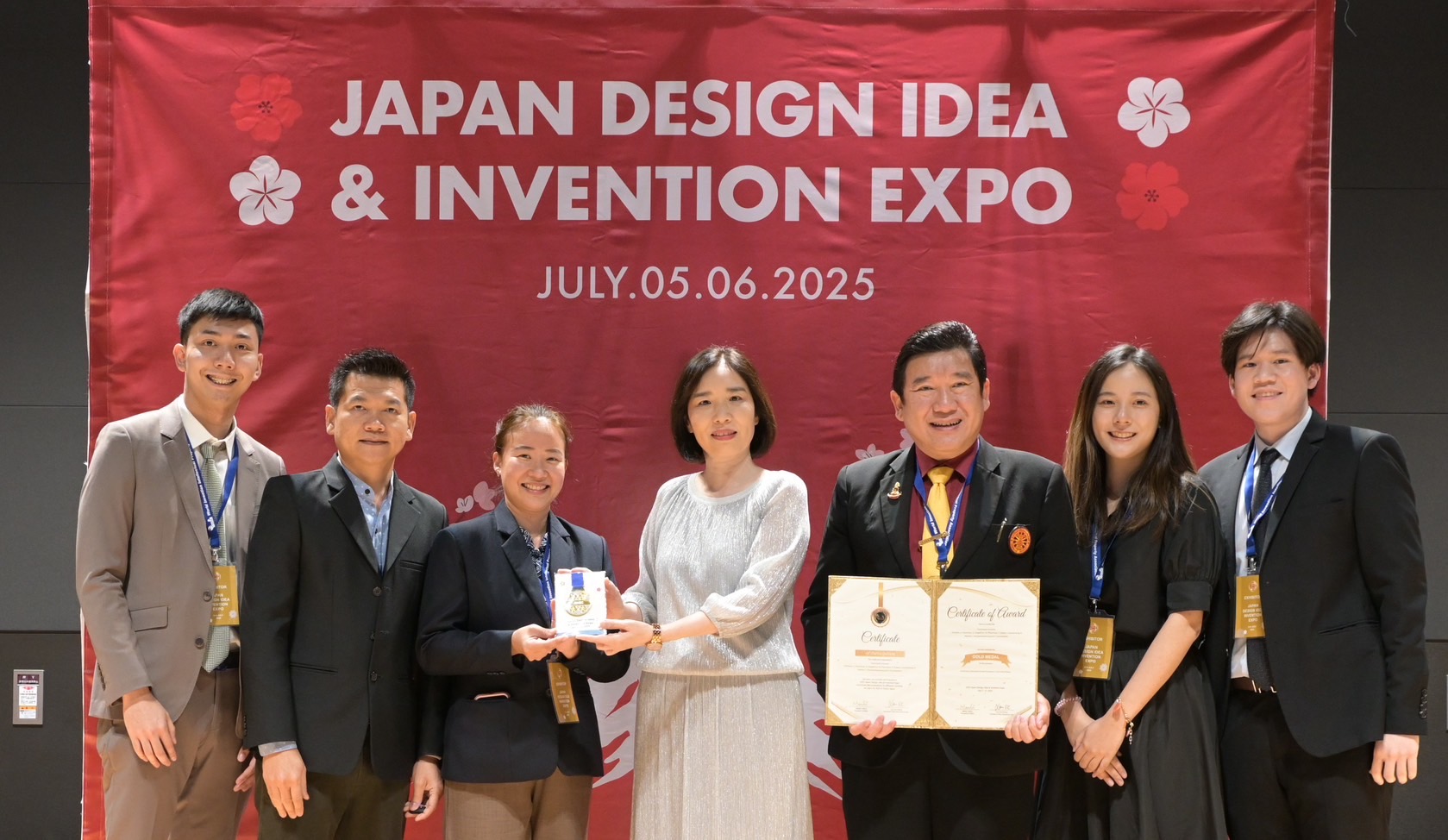On Tuesday, 11 November 2025, at the Chulalongkorn University Auditorium, Her Royal Highness Princess Maha Chakri Sirindhorn graciously presided over the opening ceremony of the 51st International Congress on Science, Technology and Technology-based Innovation (STT51). The event was organized by the Faculty of Science, Chulalongkorn University, in collaboration with the Science Society of Thailand Under the Patronage of His Majesty the King and the Information Technology Foundation under the Initiatives of Her Royal Highness Princess Maha Chakri Sirindhorn, to honor the auspicious occasion of Her Royal Highness’s 70th birthday.
Upon Her Royal Highness’s arrival at the auditorium, Prof. Dr. Suttichai Assabumrungrat, Chair of the STT51 Organizing Committee, presented the conference documents, Prof. Dr. Pairash Thajchayapong, Committee Member and Secretary-General of the Information Technology Foundation, presented a special issue of the Science Journal; and Assoc. Prof. Dr. Thanuttkhul Mongkolaussavarat, President of the Science Society of Thailand Under the Patronage of His Majesty the King, and Prof. Dr. Pranut Potiyaraj, Dean of the Faculty of Science, Chulalongkorn University, presented commemorative gifts. Prof. Dr. Surakiart Sathirathai, Chairman of the Chulalongkorn University Council, expressed gratitude for Her Royal Highness’s kind participation. Assoc. Prof. Dr. Thanuttkhul Mongkolaussavarat then reported the objectives of the event and announced the names of 30 award recipients to receive certificates from the Princess.
Her Royal Highness then delivered the opening remarks for STT51 and gave the Honorary Keynote Address, reflecting her profound vision and significant role in advancing education, science, and technology in Thailand.
Her Royal Highness listened to a lecture by Prof. Jun Cao, Director of the Institute of High Energy Physics (iHEP) of the Chinese Academy of Sciences (CAS), titled “SINO-THAI Collaboration on JUNO”. This was followed by a lecture by Prof. Dr. Siriporn Chattipakorn, Thailand’s Outstanding Scientist of 2025, on “How Obesity Leads to Cognitive Impairment and Brain Aging: Approaches to Intervention.” Her Royal Highness then proceeded to the glass hall of the auditorium to view exhibitions honoring Her Majesty Queen Sirikit the Queen Mother, along with exhibitions on Thai Chinese scientific and technological cooperation, the Science Society of Thailand, research from the Faculty of Science, and secondary-school-level science projects.
She then proceeded to the Maha Chulalongkorn Building to lay a floral garland in tribute before the royal portraits of King Chulalongkorn and King Vajiravudh. Before departing, Her Royal Highness took a commemorative photograph with the executive committees of the Science Society of Thailand and the Information Technology Foundation, leaders of related institutions, keynote speakers, members of the Council of Science Deans of Thailand, the international conference organizing committee, invited speakers, representatives of co-hosting organizations, and administrators of the Faculty of Science, Chulalongkorn University, at Room 105 of the Maha Chulalongkorn Building.
The 51st International Congress on Science, Technology and Technology-Based Innovation (STT51) was held from 11–13 November 2025 at the Faculty of Science, Chulalongkorn University, under the theme “Collaboration Across Frontiers: From Quantum and Cosmos to Global Biodiversity.” The conference aimed to create an integrated platform for scientific and technological knowledge across diverse fields—from quantum and cosmic sciences to global biodiversity and sustainability—promoting true cross-disciplinary, cross-institutional, and cross-border scientific collaboration.
This year’s event also celebrated the 50th anniversary of diplomatic relations between Thailand and the People’s Republic of China and the 108th anniversary of the founding of the Faculty of Science at Chulalongkorn University. It also aligned with UNESCO’s designation of 2025 as the International Year of Quantum Science and Technology.
The congress featured academic sessions and research presentations across more than 20 fields, spanning physical sciences, biology, health sciences, artificial intelligence, materials science, energy, environment, food and agricultural technology, and sustainability. Specialized symposia and sessions included quantum science and technology, cosmology and astrophysics, biodiversity and climate change, color science and cultural heritage, and science communication in the data era.
The conference placed strong emphasis on Thai Chinese cooperation in science and technology, particularly in space exploration, planetary missions, atmospheric systems, global climate, polar research, and environmental sustainability projects—leveraging advanced technology to address shared global challenges of the 21st century.
STT51 also featured youth-focused activities, including the Junior Young Rising Stars of Science Award (JYRSS) for secondary school students and the Young Rising Stars of Science Award (YRSS) for university students, providing young researchers with opportunities to present their work, exchange ideas with international scientists, and build future research networks.
In addition to keynote lectures by leading Thai and international scientists, the event included oral and poster presentations, exhibitions showcasing scientific and technological innovations from academia, research institutions, and industry, and networking activities among researchers, youth, and the private sector.
STT51 serves as a global platform for collaboration, enabling scientists from different generations and regions to exchange knowledge, inspire new ideas, and jointly shape the future of science and technology for a sustainable world.
Read more at: https://www.chula.ac.th/en/news/272503/





